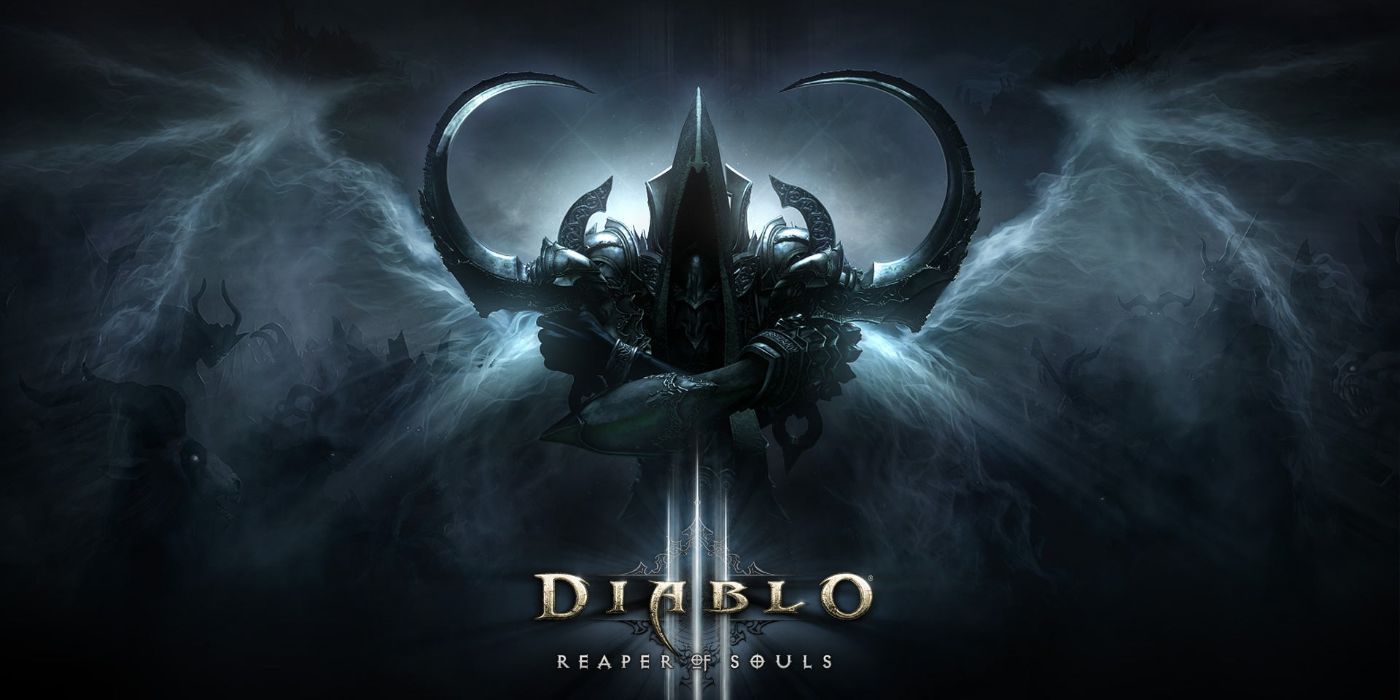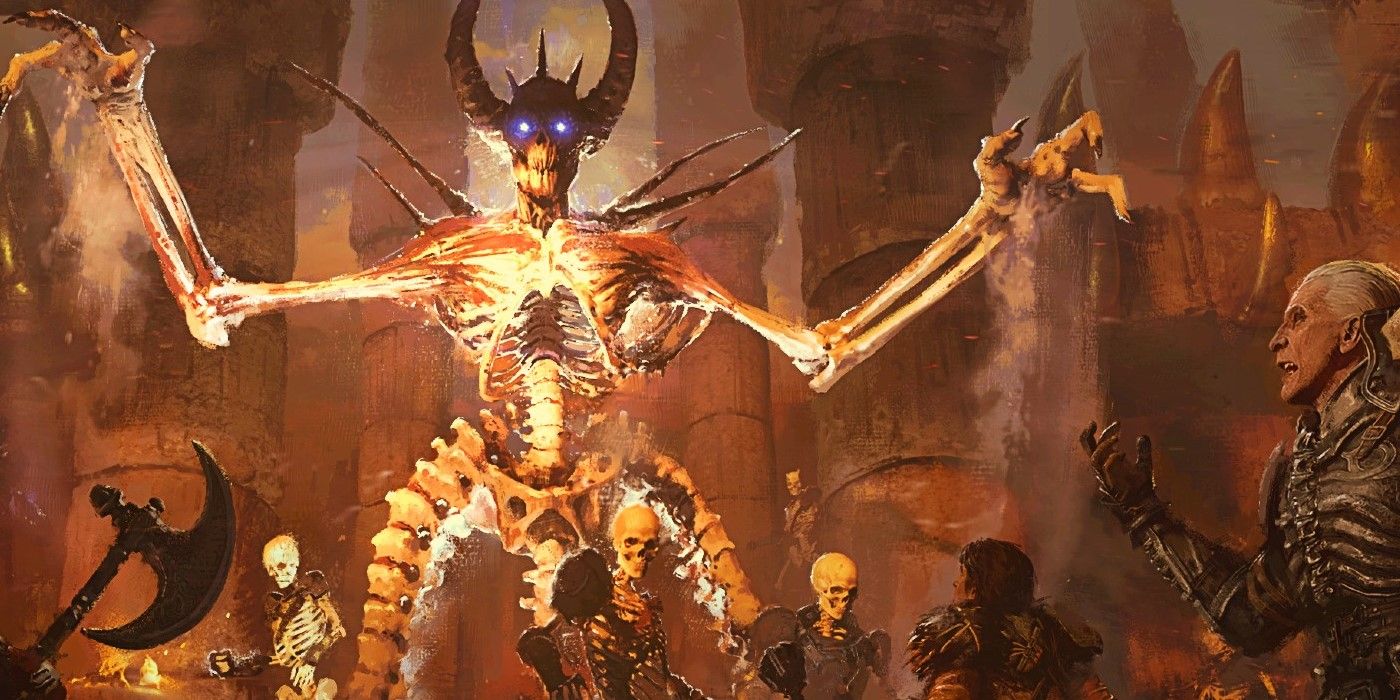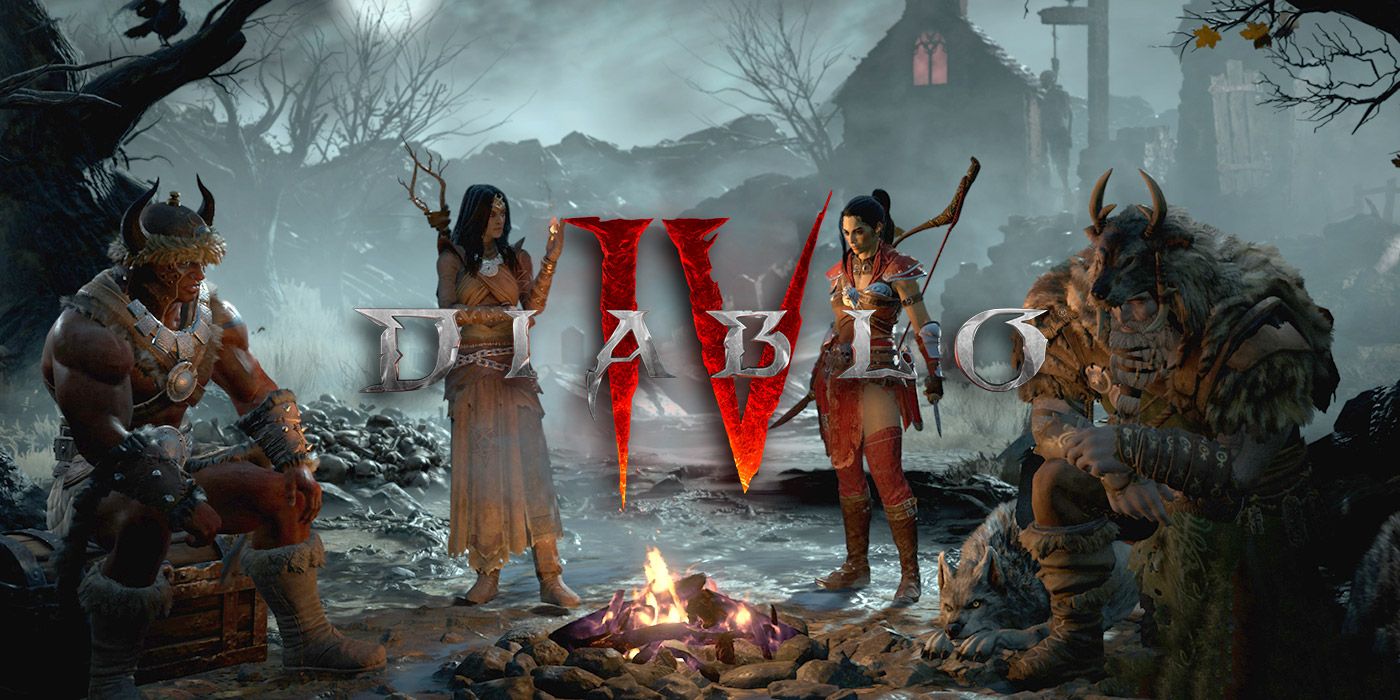Diablo 3 Will Eventually Be Trapped Between a Rock and a Hard Place

Diablo 3 is the threequel of a beloved and time-consuming franchise. The series is rich with the backdrop of dark lore, where the forces of heaven and hell are in constant war, while the mortal realm of Sanctuary defends itself from each of the two forces. Diablo 2, though, was a staple of the series, both in terms of fleshing out the lore and the itemization, with some hardcore fans still grinding away a whopping 2 decades later, despite there being a sequel. It has now been 9 years since the release of Diablo 3, with the prequel Diablo: Immortal and sequel Diablo 4 in the works.
The Diablo franchise started in 1997 when the original Diablo came out. Introducing an action combat system and dynamic loot and character progression, it was received very well, eventually releasing an expansion called Hellfire later in the same year. 3 years after Diablo 1 released came the highly successful sequel Diablo 2, improving on the game mechanics, replayability, itemization mechanics, lore, and graphics. It would be 12 years since the launch of Diablo 2 before fans got a taste of its sequel Diablo 3, though it couldn't seem to capture the same magic. With all of the content coming to the franchise, Diablo 3 may find itself squeezed out on all sides.

Diablo 3 had a shaken launch, with both pre-order and server issues immediately impacting the experience. Many fans who anticipated the release were met with Error 37, which meant that the servers were busy and to try again later. This upset a lot of fans, as the long-awaited Diablo 3 did not include the option to play LAN or offline, despite the pleas of fans. As a result, many players were stuck unable to play the game, while those who were able to had a huge head start through the content.
Diablo 3 also launched with both an auction house and a real-money auction house, though both were not received well by the community. Both of the auction houses had issues with exploiters and ultimately went against the nature of the kill-loot-repeat cycle of the game itself. Diablo 2 never tinkered with the idea of an auction house, though allowed players to trade their Unique items with other players, something Diablo 3 failed to replicate. In Diablo 3, if a player were playing a Barbarian and found Legendary gear for a Witch Doctor, they wouldn't be able to trade to their Witch Doctor friend as that is just simply impossible.
The Diablo series is known for killing hordes of monsters for copious amounts of loot that a player can use to build their characters. A player's choice in how they progress their character in Diablo 2 is important as they only get up to 3 respecs per character. As a result, a player would have to figure out how they wanted to play their character, and the loot they find would supplement their decisions. In Diablo 2, this included Normal, Magic, Rare, Unique, and Set items, all having the possibility to be useful for a player's build in one way or another. This is where Diablo 3 falls short because it places all of a character's build success strictly in its Legendary and Set items, locking out a majority of item rarities a player would find.
Players enjoyed Diablo 2 for a variety of reasons such as uber boss farming, crafting, PVP, grinding to Level 99, and the endless grind for astronomically rare drops such as Tyrael's Might or Mang Song's Lesson. Despite being an old game at this point, Diablo 2 had a lot to offer and stands the test of time, as players anticipate its revival in Diablo 2: Resurrected, so they can hopefully grind away for another 20 years.

At this point, Diablo 3's longevity is on a timer because behind it there is the beloved Diablo 2 that won't die and is, in fact, being reborn, while looking forward players have both Diablo 4 and Diablo: Immortal to try. Diablo 4 will be bringing back some features of old that weren't in Diablo 3, such as old classes and a real emphasis on PVP while Diablo: Immortal will allow players to get that Diablo itch satisfied anywhere they happen to have a signal. Diablo 3 is still stuck in its linear style of character progression, and it doesn't seem like it's able to move away from it.
The progress in Diablo 3 basically had the player grind their character to the max level of 70, then farm gear until they had their complete Set for the skill they wanted to play, ultimately leading players to farm the same Ancient version of the gear they already had. This was important as the main chunk of gameplay was grinding the same Rift / Greater Rift to stand out on the leaderboard. Aside from that, there wasn't a whole lot of substance as Paragon Levels, the game's endless level system in the end-game, rewarded players who poured endless hours into their characters, not players just starting out.
This meant anyone who wanted to push higher Greater Rifts wouldn't be able to compete with the leaderboards if that was their desire. If players wanted to push really high Greater Rifts, they could only use a few different skills of their class as only some were viable based on the Set items available.
Diablo 4 will see improvement in player choice when it comes to building their character as there will be stat distributions, which the game has shown will have stat requirements for things like Skill effect bonuses. Also making a return are Runes and Runewords from Diablo 2, adding another layer of intricacy, alongside more importance on some of the lesser rarity items that will have some exclusive affixes, making them useful once again.
Diablo 4 will require players to be online to play, which was a folly of Diablo 3, though with the more open nature of Diablo 4 it seems to make more sense. No matter what, though, it seems that a lot of eyes are on the franchise, but fewer and fewer are on Diablo 3.
Diablo 3 is available now for PC, PS3, PS4, Switch, Xbox 360, and Xbox One.

Post a Comment